The place is undoubtedly a paradise. It is a place that simply takes our breath away. It is true when they say that the best sight comes after the toughest climb. In the case of Nongriat Trek, it is climbing down and up along 3500 steps approximately that brings us to the Double Decker Living Root Bridge. The first sight of the living root bridge literally took our breath away. All the travails of climbing up and down the steps literally became non-existence at that time. How can a place be so beautiful and so serene? This was a place where we do not mind visiting again and again.
The living root bridges of Meghalaya had always fascinated me ever since I first heard of them. I always wondered about these living root bridges that actually grew on their own. In Nongriat, there is a double decker root bridge. The beauty of Meghalaya needs no introduction. Waterfalls, sacred groves, root bridges and the mountain rivers of Meghalaya always makes us return to the place every now and then. And every time, Meghalaya does not fail to surprise us. After the David Scott Trail, the Nongriat Trek near Cherrapunji was long due.

The Story of the Living Root Bridges of Meghalaya
They say that in Meghalaya, located in the northeastern corner of India, you walk on bridges that are not built. You walk on bridges that were grown. And that is why the bridges are living and known as the living root bridges. I had heard about the living root bridges of Meghalaya during my school days. I had wondered at that time why were these bridges known as living. Little did I realize then that the living root bridges of Meghalaya are actually one of the most personal bonds between nature and the human.
The Khasi people of Meghalaya are always known for their closeness to nature. Their deep bond with nature can be seen in every walks of their life. Infact, most of the people of northeast India have an intimate relationship with nature. So when the Khasis noticed that the root of a particular species of a rubber tree had some special qualities, they decided to use them for their own benefit without causing any harm to nature and surroundings.
Meghalaya is the land of rainfall, known as the abode of clouds to all. The Khasi and Jaintia hills are crisscrossed by several fast-flowing mountain streams that would flood during the monsoon season. The locals would build a bamboo bridge to cross the rivers, but they were not strong enough to last for days.it was then they noticed the characteristics of the Indian rubber tree known as Ficus Elastica. These trees would produce a series of secondary roots from the trunks that would clasp on the surrounding rocks along the riverbank in order to avoid the soil erosion caused by the fast-flowing streams. These roots would thus secure the tree to the ground by fastening themselves to the riverbed.
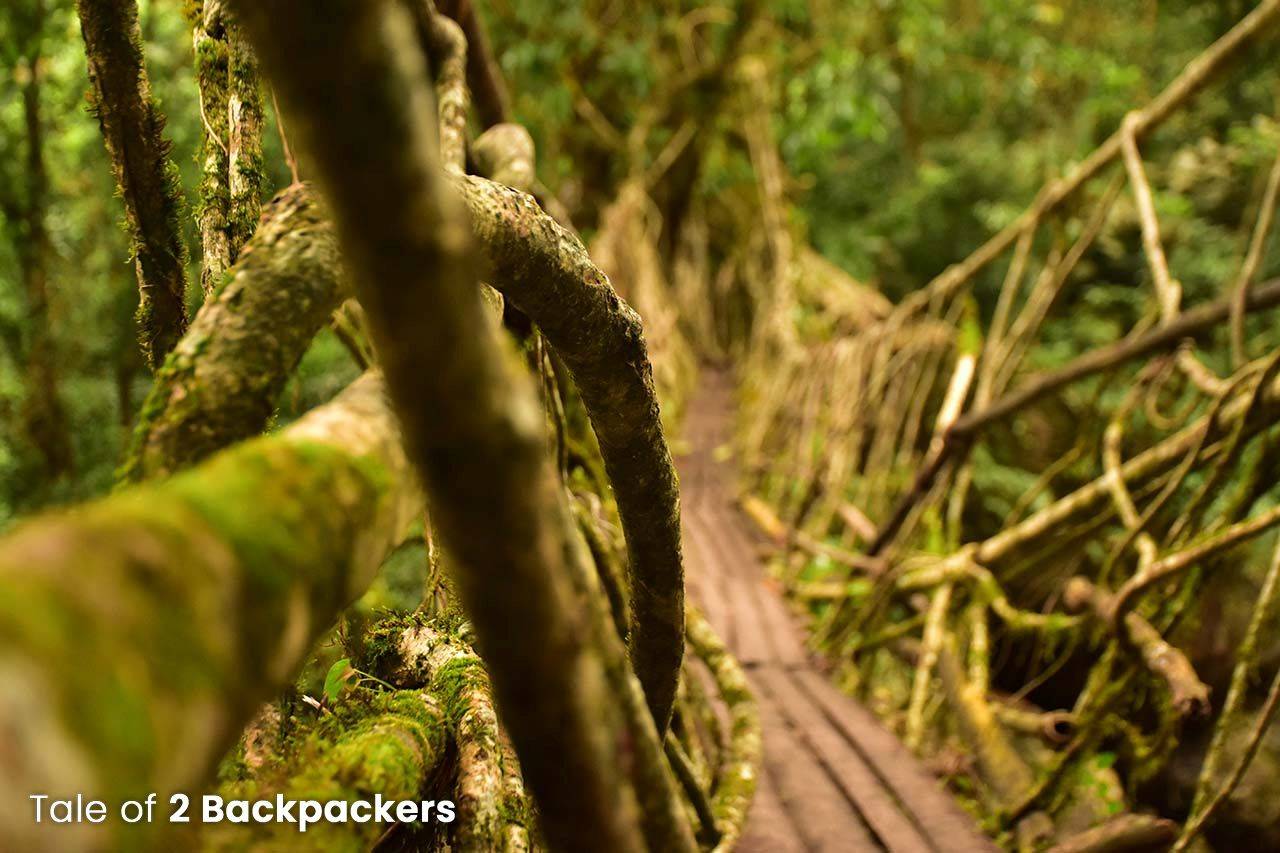
The Khasis and Jaintias then used these aerated roots to grow bridges. In order to make these rubber tree roots grow in the right direction, the people used several strategies. They channelled the roots through the hollow trunks of betel trees and directed the growth of the roots in the direction of the bank on the other side of the river. Once the roots reached the other side of the bank, they were allowed to take root into the soil. The roots strengthened over a period of time and were ready to be used after a period of ten to fifteen years. The hollow trunks of the trees provided enough nutrients to these roots as they grew.
In some cases, the roots were simply pulled, tied and twisted and allowed to merge with each other over time. The living root bridges can grow as long as the tree they are part of remains healthy and growing. The root bridges might initially take many years to become strong and functional depending on the health of the tree, the nutrients available in the soil and the way the bridge has been grown. However, once the living root bridges are fully established, they are quite strong and grows stronger with time. Many of them are strong enough to support the weight of 50 people standing on them together. As these bridges are living and growing they get stronger with time. infact, many of the root bridges in Meghalaya are almost 500 years old.
YOU MAY ALSO LIKE : OFFBEAT PLACES TO VISIT IN MEGHALAYA
The living root bridges of Meghalaya come in various shapes and types. Some of them might grow as long as 150 feet while there are some that are grown almost 80 feet above the stream.

Nongriat Trek to the Double Decker Root Bridge
Previously I had the notion that living root bridges are found only in Nongriat near Cherrapunjee and the other one at Riwai village near Mawlynnong. However, contrary to my notion, Meghalaya has a number of root bridges scattered throughout. Perhaps the most famous of the living root bridges in Meghalaya is the Umshiang Double Decker Root Bridge, the one found in Nongriat. This bridge is special because here, two bridges are present stacked one above the other, just like a double-decker.
The trek starts from a small village called Tyrna located near Cherrapunjee. From Tyrna, almost 3500 steps need to be traversed to reach Nongriat village. And it is no mean feat. We were in Cherrapunjee for the last couple of days and then decided to go for the Nongriat trek and then further trek to the Rainbow Falls. So here I would describe our experience of doing the Nongriat Trek and also provide you with all the necessary information regarding the Nongriat Trek.

Cherrapunjee to Tyrna | The beginning
We started early in the morning from Cherrapunjee and went to the market area looking for a shared car to Tyrna. The drivers there wanted us to book the entire car. They would obviously earn more this way. Finally, we found one shared taxi that agreed to drop us to Tyrna at Rs 50 per head.
Tyrna is a small village about 12 km from Cherrapunjee. It took us about 40 minutes to reach Tyrna while watching the beautiful Meghalaya landscape from the car. Tyrna is a small village with cute little houses and beautiful gardens in front of the houses. There is a small store near the starting point. A few local boys will approach you and request you to take them as guides. If you want, you can take their services. But a guide is actually not needed as the path is quite well marked. There are steps after all. You just need to go down and then climb up. However, if you want to trek to the Rainbow Falls and are not sure of the trail, you can take the help of a guide. The trail to Rainbow Falls is however not well marked but can be done even without a guide. We did not take a guide and started our journey towards Nongriat.
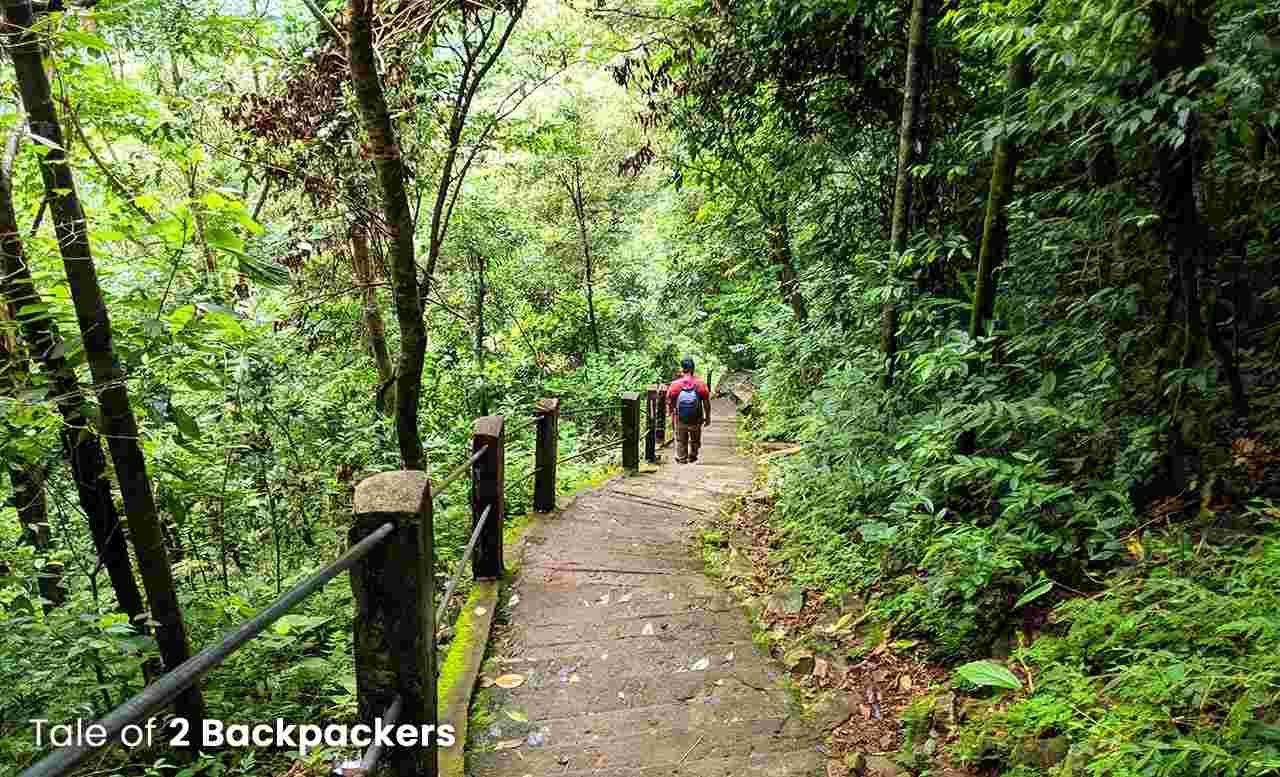
Tyrna to Nongriat | The Journey towards Heaven
Well, we knew that there are 3500 steps and it is not an easy task. We had already decided that we would stay back at Nongriat that night. It is actually a great toll on your legs and knees if you plan to do the entire trek in a single day.
As it seems that climbing down is quite easy. Initially, we wanted to cover the descent as fast as possible. Our initial zeal soon fizzled a bit when we saw that the steps were quite steep. In my enthusiasm, I started counting the number of steps. Quite obviously, I missed a lot of them and counted wrong. However, after about 1500 steps (taking into account my miscounting), we reached a place called Nongthymmai. This is said to be the midpoint of the Nongriat trek. There is a diversion and another root bridge there. There is a ticket of Rs 10.00 per head and a camera ticket od Rs 20.00 to visit the root bridge.
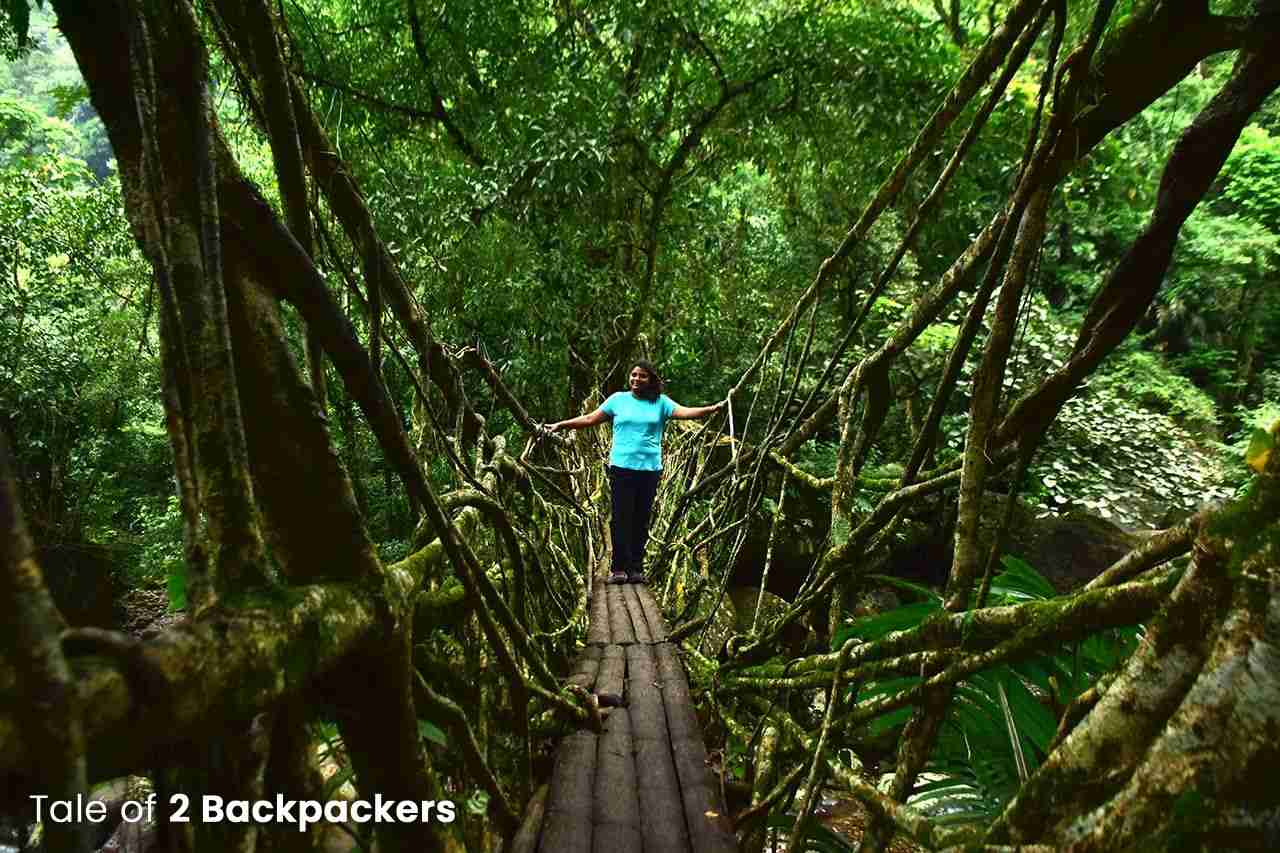
We decided to visit the root bridge then itself, for I was totally sure that I would be dead tired while climbing up. So we walked for a few minutes and arrived at a root bridge straddled over a beautiful stream. We spent some time there, climbed the root bridge and then returned back on our trail towards Nongriat.
Very soon, we were near an iron suspension bridge. We crossed the bridge and looked at the river below. The blue-green of the river was totally magical. I think the blues and greens of Meghalaya are special and different. There is a strange calmness and a sense of peace that I feel when I see these jade blue waters. It might be my feelings only, but they are totally legit.

After a few minutes of hiking, we came across another suspension bridge and then another flight of stairs that we had to climb. Well, I always hate it when we have to climb down the stairs first and then climb up in a single way. I feel them more tiring. Nevertheless, we had to reach Nongriat and so had to climb those stairs. As I climbed up the stairs, I was reminded of the next day’s climb that awaited us. And believe me, this is not a good feeling.
Putting the thought aside, I kept on climbing until I came across a small root bridge. This one was at the entrance to the village. It was as if a teaser showing us a glimpse of the blockbuster. We crossed the bridge and entered the village.
Nongriat once had only one homestay and a Travellers’ Nest. But now we saw that there are quite a number of homestays in the village, which according to me is not good for the village. I will come to that later in the post.

The Double Decker Root Bridge at Nongriat
So finally we were at Nongriat, a quaint looking village in Meghalaya. Both Agni and I were quite eager to see the Double Decker Root Bridge and so followed the direction and went towards the bridge at first. The village exploration can wait.
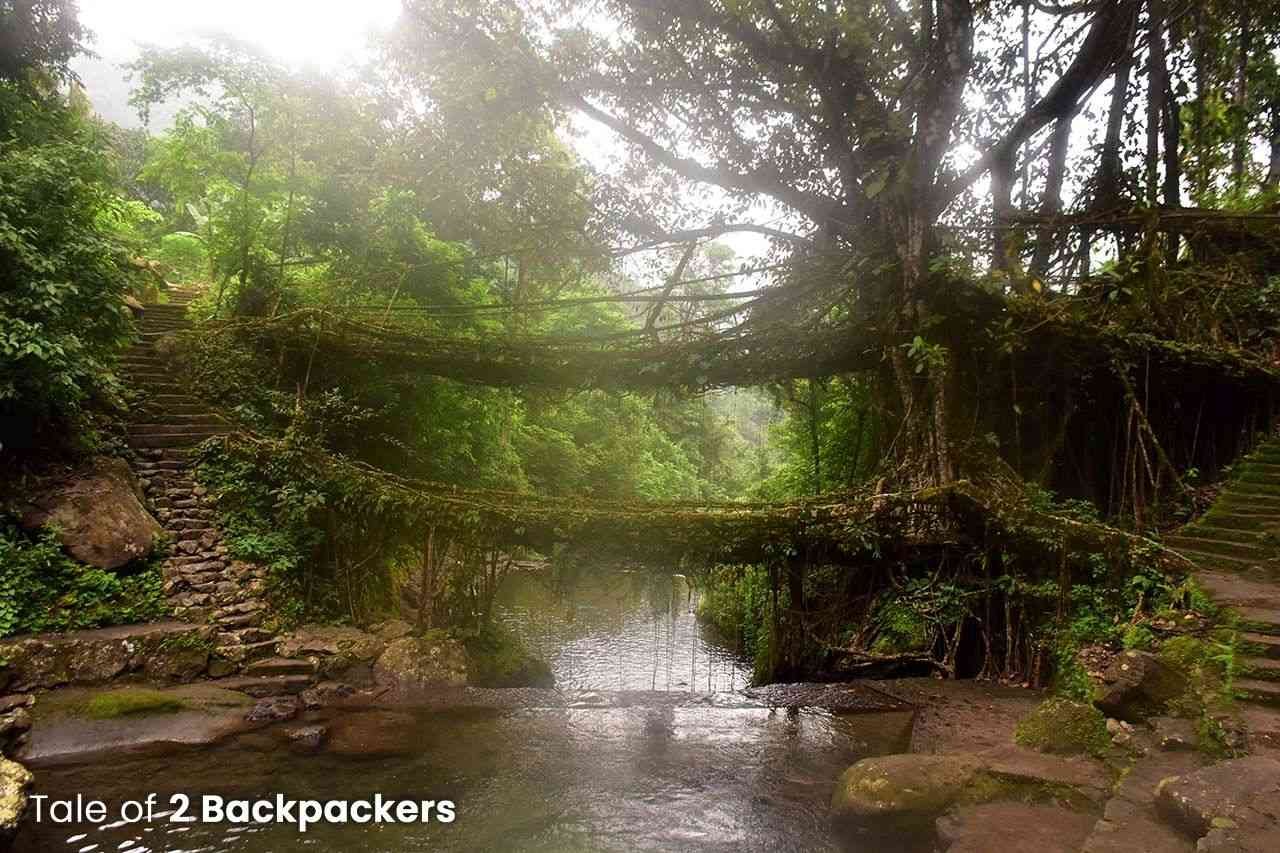
There is a small ticket counter before you enter the area of the root bridge. We got the tickets and went inside the small gate. And there it stood in front of us. The entire place was so calm and beautiful. The bridge stood in all its glory with the river flowing down below. Quite surprisingly, we both were the only people at that time near the living root bridge. This is usually not the case. The place usually has a lot of people. I was ecstatic and went near the stream first. We were quite tired and sat down beside the stream. Sitting there beside the river, I felt such an inner calm. All my tiredness vanished in a moment.

There were a couple of small shops near the Double Decker root bridge. We ordered Maggi and tea from one of them and had them at peace. It was only then another couple arrived there. After having the food, we climbed and walked over the root bridge – both the lower one and the upper one.
Nongriat to Rainbow Falls | An unfortunate incident

After spending about an hour there, we decided to cross the Nongriat Double decker root bridge and continue our trek towards the Rainbow Falls. We had heard great things about the falls and were quite eager to visit it. You can also do the trek to Rainbow Falls the next morning, but as we had time, we wanted to do it that day itself. We asked a local about the trail towards the Rainbow Fall and he told us it would take about 1.5 hours.

The first half an hour of the trail was easy ascent and descents till we reached a suspension bridge. We crossed the shaky bridge and then another root bridge. The trail then seemed to disappear within the foliage of trees. The trail after this root bridge started getting difficult. The steps were no longer to be seen and the hilly terrain started. It was mostly ascent through the slippery trails. We huffed and puffed along the way when we saw two policemen marched pass us. Very soon a few local people also went ahead of us.
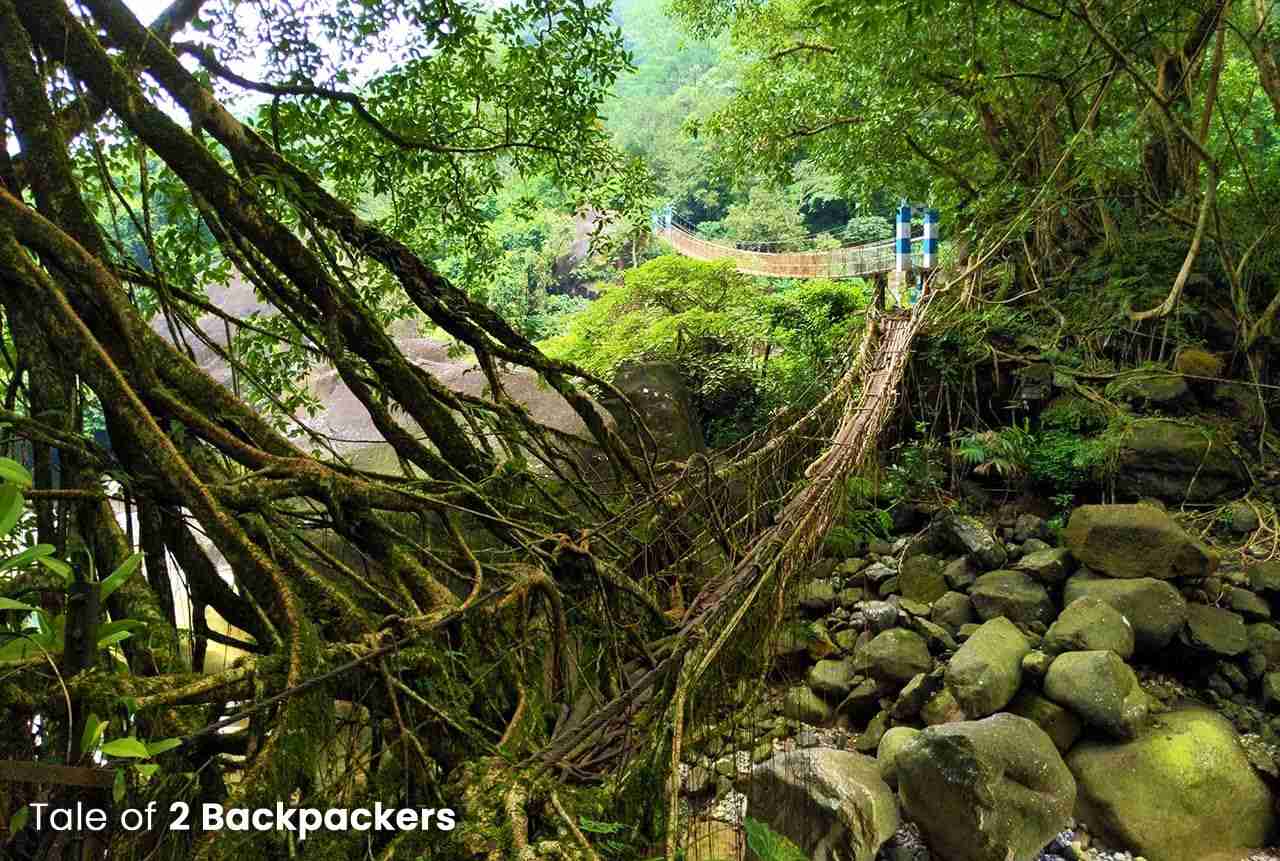
Soon we arrived at a place where we saw a glimpse of the turquoise blue water. We were quite happy thinking that we had arrived at our destination. But it was not the Rainbow Falls. It was a natural pool known as the Blue Lagoon of Nongriat. Once we reached near the place, we saw a crowd.
A mishap had happened. A few college students from Shillong had come there for a picnic and one of the boys drowned in the waters. It was such heartbreaking news. We were shocked on hearing this. Because of the incident, the police was not allowing anyone to visit the Rainbow Falls that day.
With a heavy heart, we had to retrace our steps and return back to Nongriat. The rainbow falls was another 1.5 km from that point. The waterfall is known as rainbow Falls because you can see a rainbow at the base of the falls in the sunshine.

Nongriat to Tyrna | The Return
So we reached back at Nongriat by 2.00 pm. We explored the village, had some food and then Agni suggested that we trek up to Tyrna today itself. Since we could not visit Rainbow Falls and the trail would also be closed for the next day because of the accident, he suggested that we return to Cherrapunjee that day itself. We would have another day to explore Cherrapunjee or visit some other place.

Although I had a nagging thought that my legs would not agree with this happily, I agreed. We started our journey back from Nongriat to Tyrna. The initial few hours were all good. But when we arrived at the mid-point, I felt too tired to move. Nevertheless, we had to climb up. But the last stretch was too difficult. The steep stairs loomed at me like some evil ogre. I could see no end to them. They seemed to disappear into heaven and I thought that they would actually take me there.
YOU MAY ALSO LIKE : SHNONGPDENG AND DAWKI TRIP
Only I know how I completed the last bit of climbing the steps. There was no way that I would go down, for then I would have to climb up again. I guess that gave me the little energy to reach Tyrna. Once we reached Tyrna, we decided to stay at a homestay there for the night. I had no further energy left to go back to Cherrapunjee. Also, it was evening by the time we reached Tyrna. Transportation at that time would be difficult to get.

The Complete Nongriat Trek Guide
How to reach Nongriat?
You have to reach Cherrapunjee first. Cherrapunjee is about 50 km from Shillong. You will get yellow colored shared jeeps running from Shillong to Cherrapunjee.
Cherrapunjee to Tyrna
From Cherrapunjee, you have to go to Tyrna (20 km away), the starting point of the trek. From the Cherrapunjee market area, you can get shared taxis. But they usually do not want to take tourists. They want the tourists to hire the entire car. Hiring a car will take about Rs 300.00 to Rs 400.00 depending upon your bargaining capacity. A shared seat usually costs Rs 20.00, but we had to pay Rs 50.00 per head. Personally I do not mind paying a little extra to the locals unless it is not too exorbitant.
From Tyrna, you have to trek to Nongriat village, which brings to the next question.
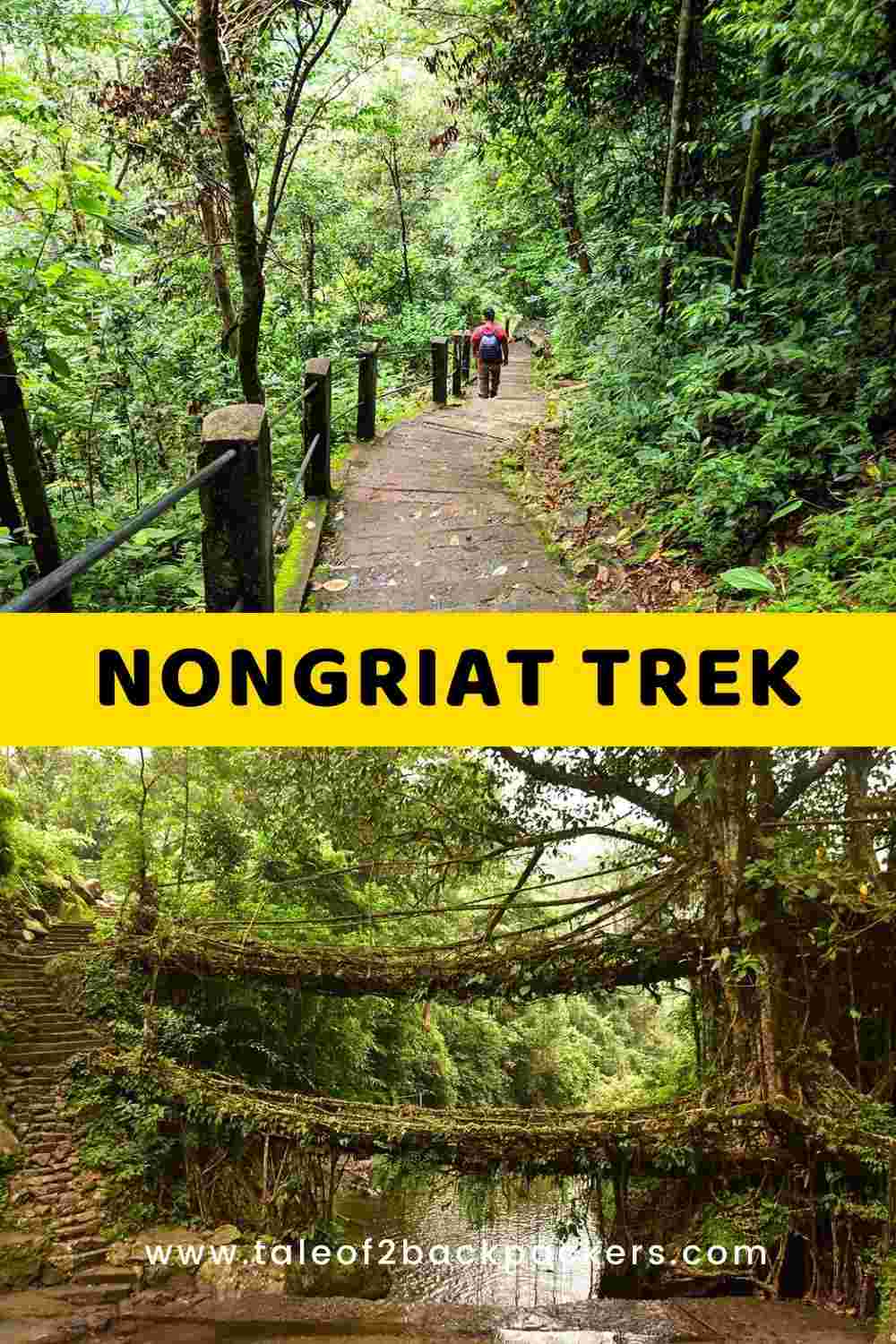
At what time should you start the trek to Double Decker Root Bridge? How long does it take to reach Nongriat?
You can do the entire exercise of going down Nongriat and climbing up in a single day. But I would recommend against it. If you are planning to trek to the Rainbow Falls, then you have to stay back at Nongriat.
It is believed that there are 3500 stairs from Tyrna to Nongriat. I don’t think anyone has actually counted it. It can be 3000 or even 4000. Whatever be it, the first part is descent and then there is a slight ascent to Nongriat village. The time taken for the trek will depend upon your stamina and speed. We started at 8.00 am in the morning from Tyrna and we reached the Double Decker Root in Nongriat at about 10.00 am.
Tyrna to the Nongthymmai is considered to be halfway. It is about 2 km and took us 45 minutes to cover. It is mostly descent down the steep stairs.
From the mid-point to Nongriat took us another 45 minutes. Here it was some descent followed by an ascent to Nongriat.
Nongriat to Tyrna ascent can be done within 2.5 to 3 hours. It became a bit crazy for us, as we decided to climb back on the same day. We took almost 4 hours.
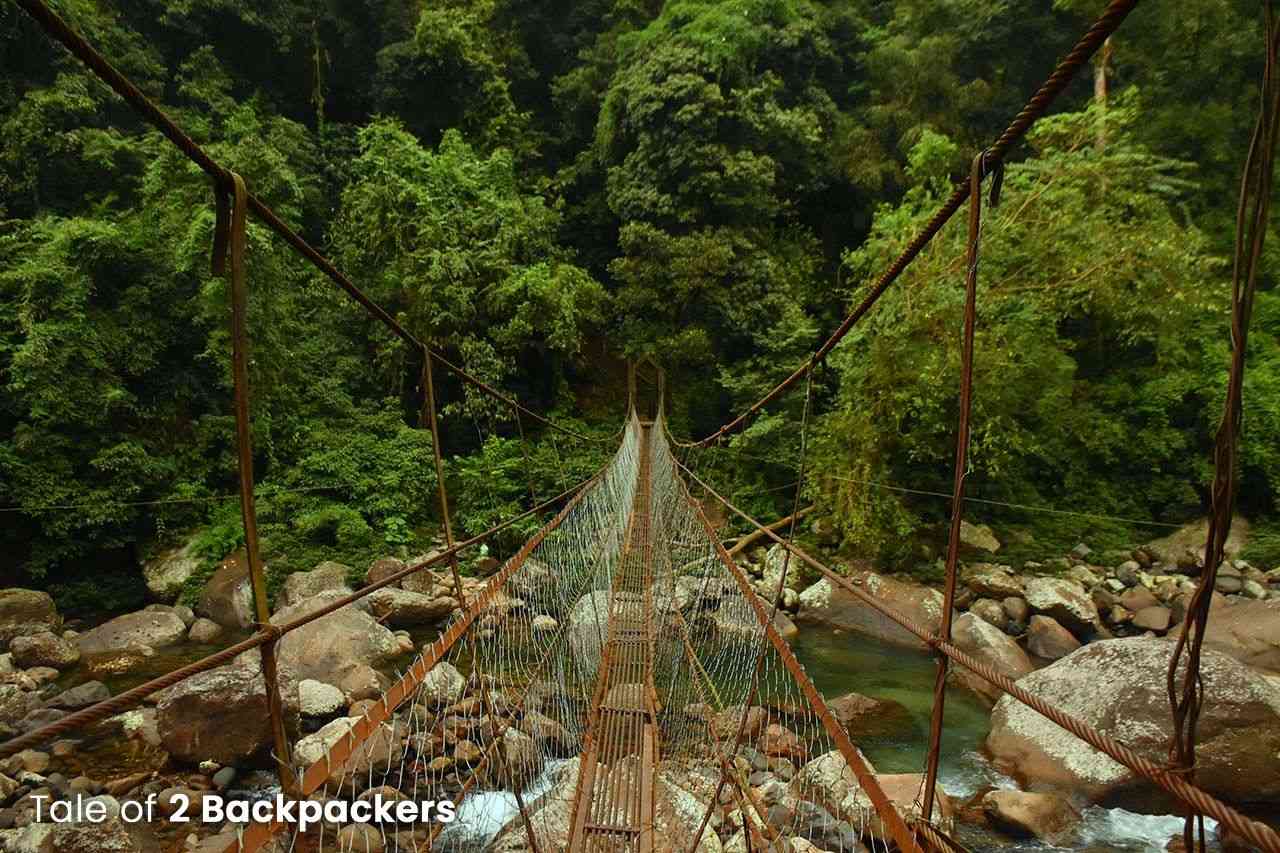
How far is the Rainbow Falls?
Nongriat to Rainbow falls is 3 km and takes about 2 hours. Return can be done within 1.5 hours.
Where to stay in Nongriat Village?
The Serenity Homestay is believed to be the best one in the Nongriat village. But now, a number of homestays are there at Nongriat. The Travellers Nest is on the other side of the Root bridge.

Are there any Entry Fees to Double Decker Root Bridge and Rainbow Falls?
There is a small entry fee of Rs 20.00 per head for visiting the Nongriat Double Decker Root Bridge. Camera charges are Rs 20.00 and for GoPro you have to shell out another Rs 100.00.
There is no entry fee for Rainbow falls.
Are Guides available for the Nongriat Trek?
Guides are available from Tyrna village for the Nongriat Trek. Ideally, you should take a guide, more so if you want to trek to the Rainbow Falls. But the trail to Nongriat is well marked and can be done without a guide. Walking sticks are also available at Tyrna. They can be of great help while ascent.
Alternative Route to Double Decker Root Bridge at Nongriat
There is another route to Nongriat from the Nohkalika Falls in Sohra. The trail is longer and is not frequented by a lot of people. You would need a proper guide to explore this trail.

Are there other Root Bridges in Meghalaya?
Yes, there are many. Meghalaya is full of these wonders of nature. The single root Bridge at Riwai village near Mawlynnong.
A large number of living root bridges are known to exist around the town of Pynursla. The villages of Rangthylliang, Mawkyrnot, Myndring are known to have a large number of living root bridges. We came to know about them on our visit to Langkawet. Many of these are inside the jungles and would require you to trek through the jungles with knowledgeable guides.
Today the practice of growing root bridges is slowly dying. However, there are a group of people who are working to keep the practice of growing root bridges alive. The Living Root Project is doing some good work in this area.
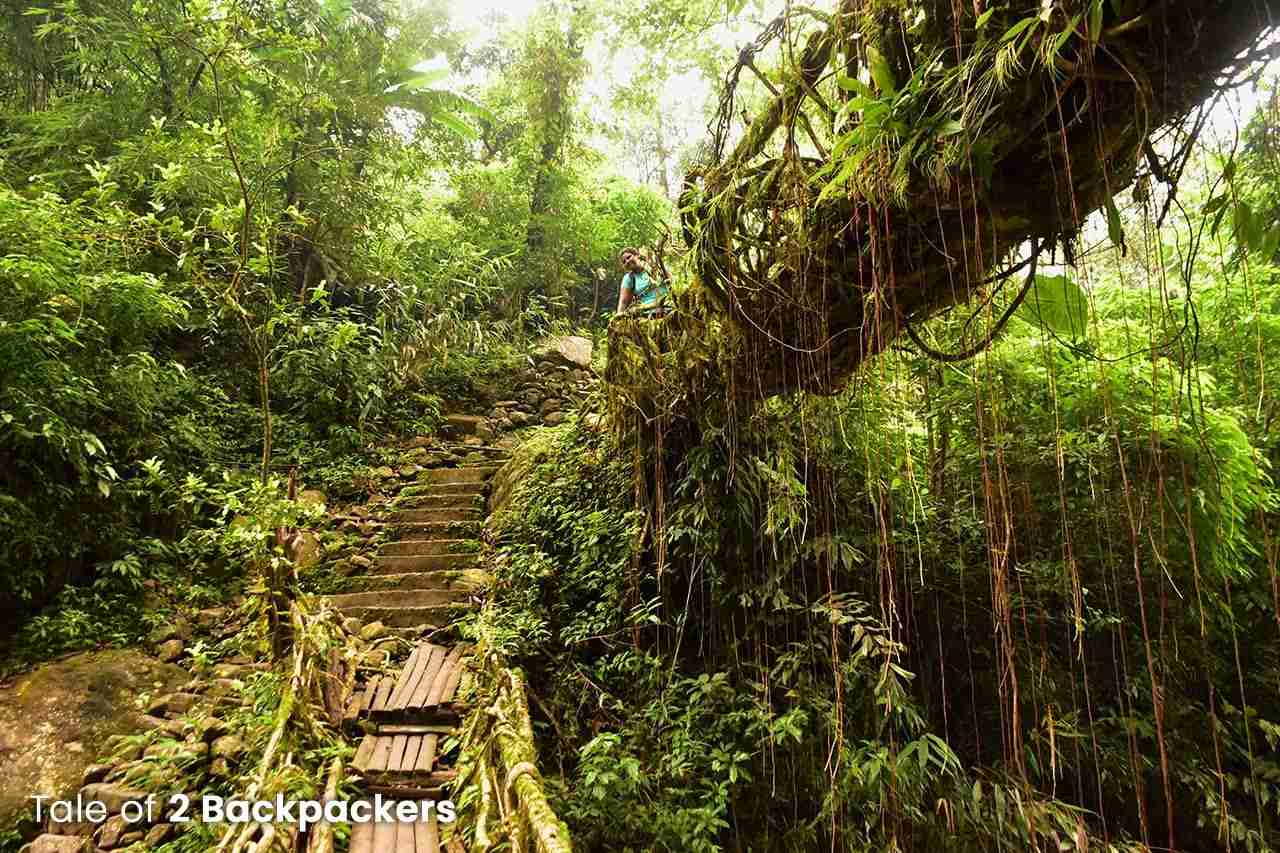
Nongriat Trek Tips
- Be prepared for a lot of climbing up and down steep stairs. You need to have minimum fitness for the Nongriat trek.
- Wear proper shoes for the Nongriat Trek.
- Please carry raincoats or rain jackets, especially if you are visiting during the monsoons.
- Imp: The viewpoints at Nongriat remains closed on Sundays w.e.f from January 2020.

Nongriat, Living Root Bridge and Overtourism
Yes, mass tourism has taken its toll on Nongriat as well. It is no longer Meghalaya’s secret. The Double Decker Root Bridge is visited by a lot of tourists as well as locals. But is Nongriat ready to take such a load of tourism?
By now, you must have understood that the ecosystem of these areas is special. Nongriat is not meant for a lot of people, its clear pools are not meant for random people taking bath and the root bridges are not meant for people walking up and down without consideration.

Even a couple of years back, Nongriat had only 2 accommodation options. The village had 12 families and a capacity of hosting about 10 tourists. I remember cancelling our Nongriat trek in 2013 as we did not get a place to stay in the village. Today, there are about 10 homestays or guesthouses that can cater to the needs of at least 30 tourists! And almost all the rooms get booked in peak season.
This is not sustainable for Nongriat. The village is not prepared for so many guests from the outside world many of whom does not understand or respect the culture of the place. The root bridges are getting weaker and it is not a good sign. Some of the local tourists are also to be blamed. The incident that occurred on our visit with the Shillong students should not have happened. Apparently, the students flouted the safety norms and went on bathing at the natural pool that finally led to the accident.
So what is the way ahead?
Well, we are not the ones who believe in putting an end to tourism in places like these. Neither do we endorse that a place is not worth visiting just because it has been affected by mass tourism. A beautiful place deserves to be seen by all those who want to explore it. But tourism cannot be a means of destruction of a place. While the local authorities should be more sensitive towards the influx of tourism and regulate the number of homestays and tourists coming to the place in a single day. We as travellers should also be responsible in respecting the nature and the culture of the place. For starters, we can just leave out the plastics in places such as Nongriat. Maybe we should stop jumping into the clear pool together and be a little more careful while walking on the root bridge. Maybe that selfie is not worth if the place cannot be visited anymore after 10 years. What do you think?



Did you like the post? Please share your thoughts with us by commenting below. Pin it for a later read!
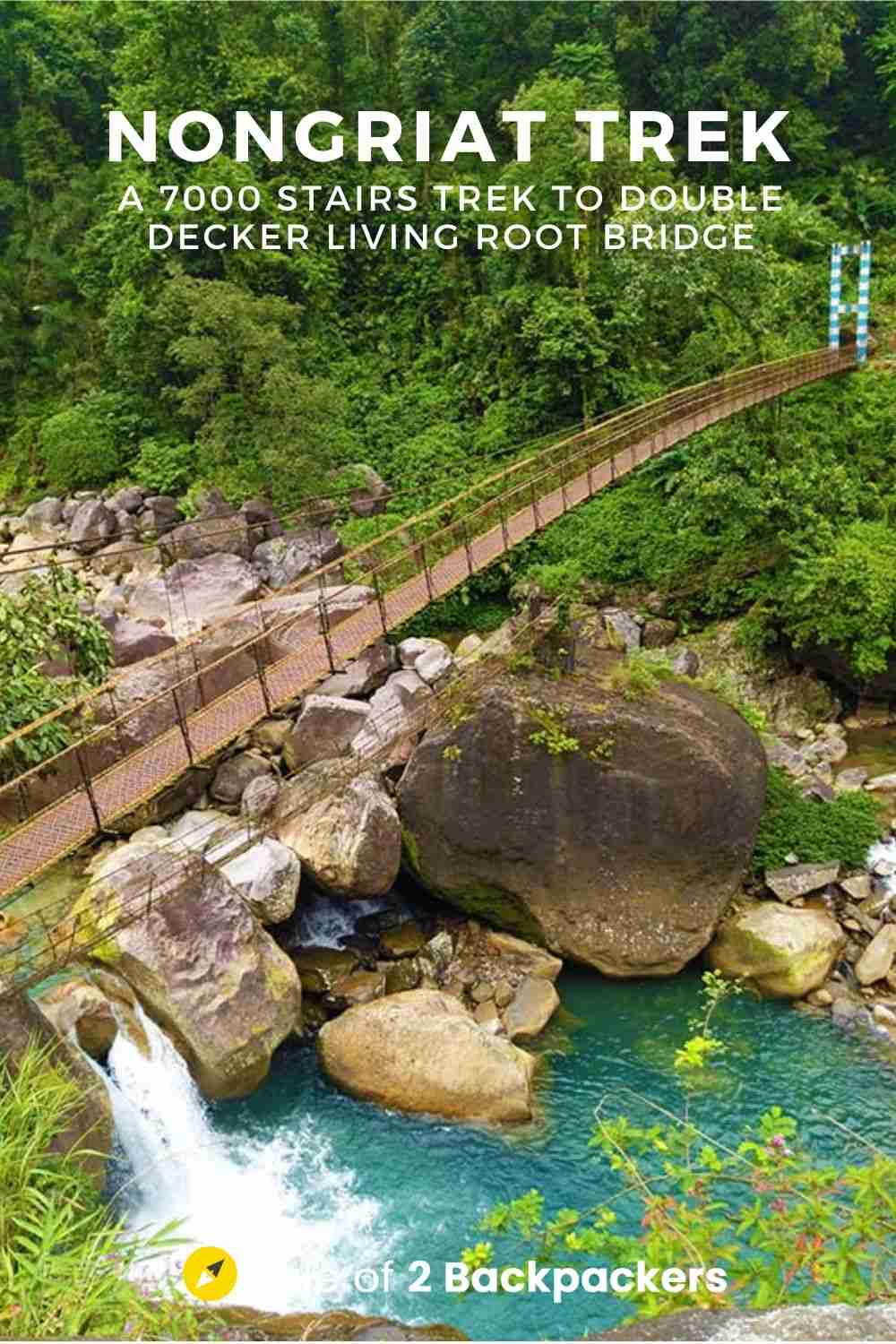
You may contact us regarding any customized trip to Meghalaya and Northeast India.
Please share the love and stay in contact….


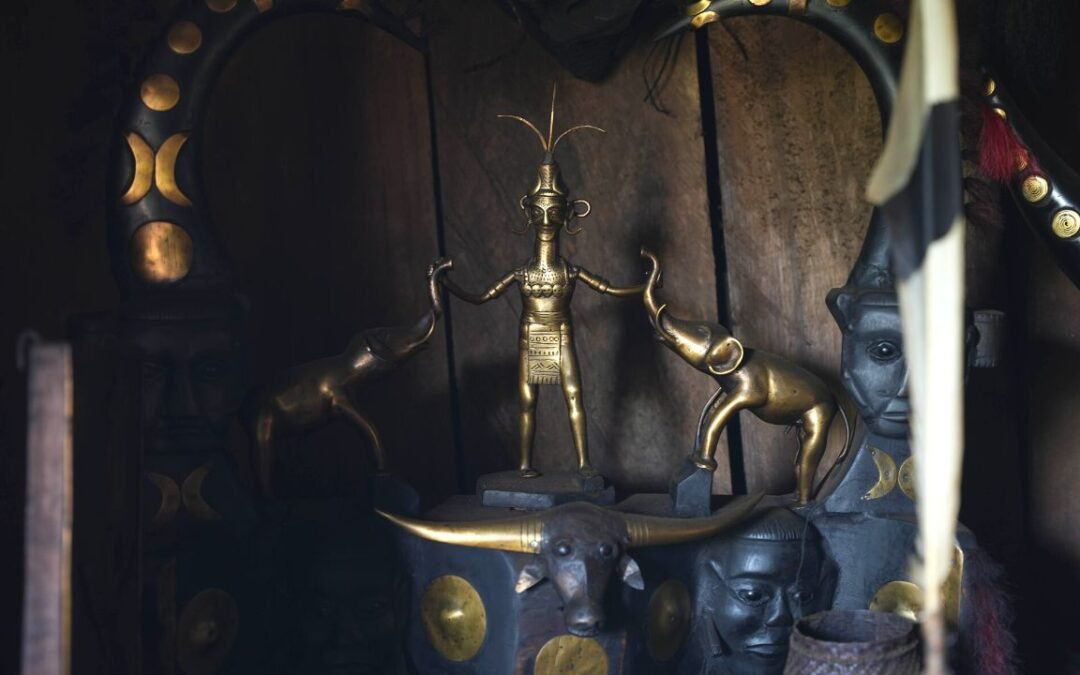
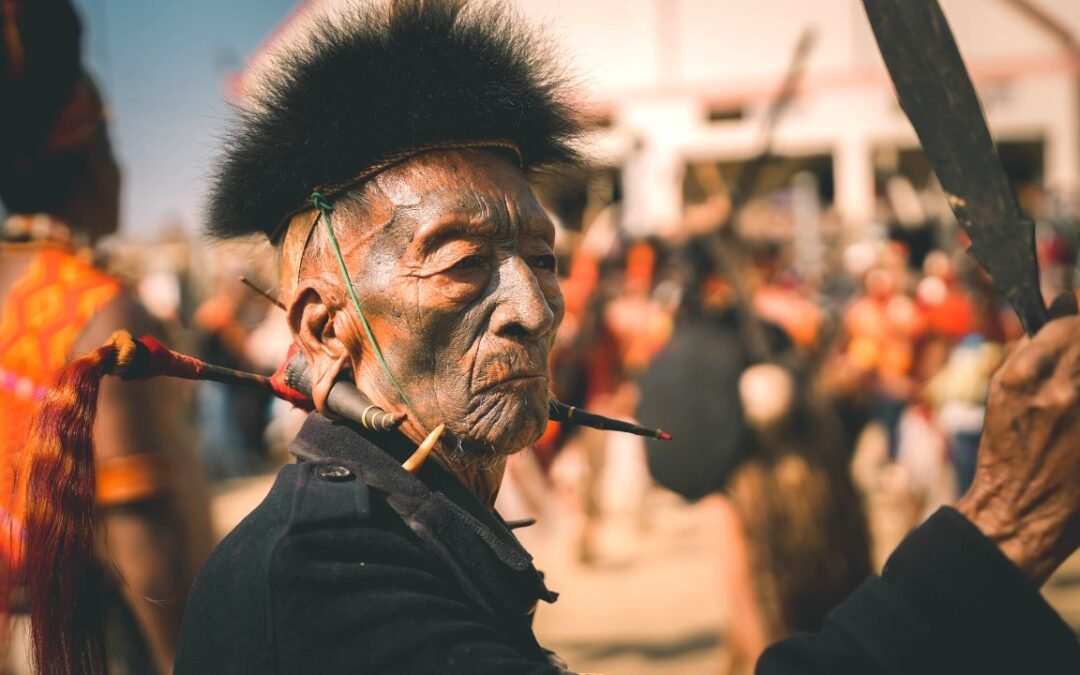
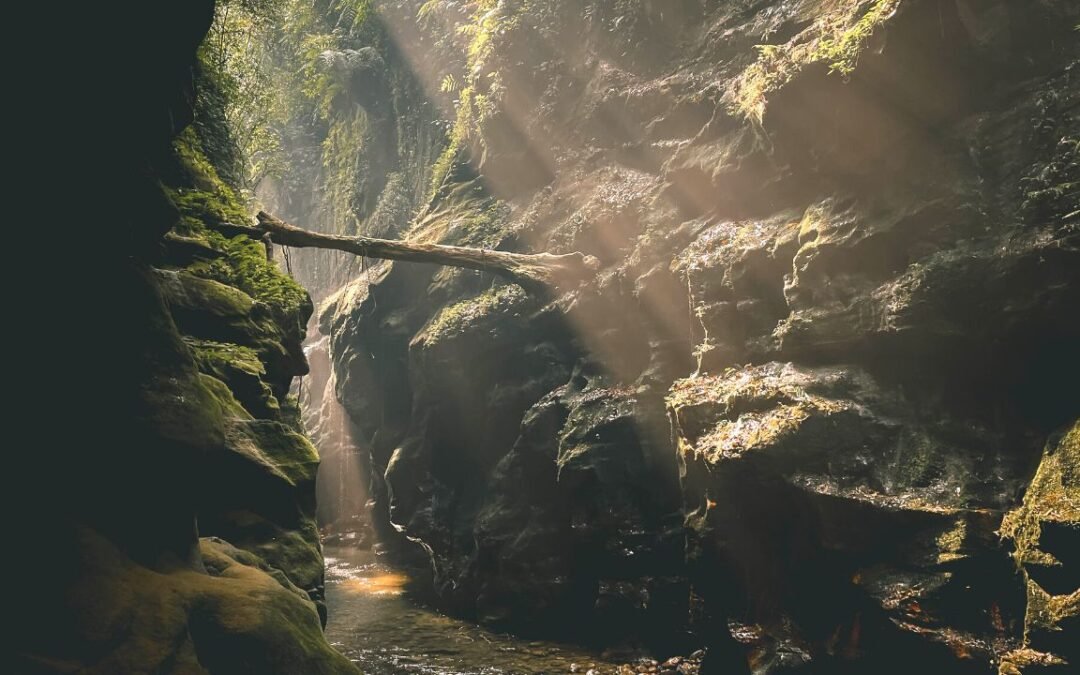
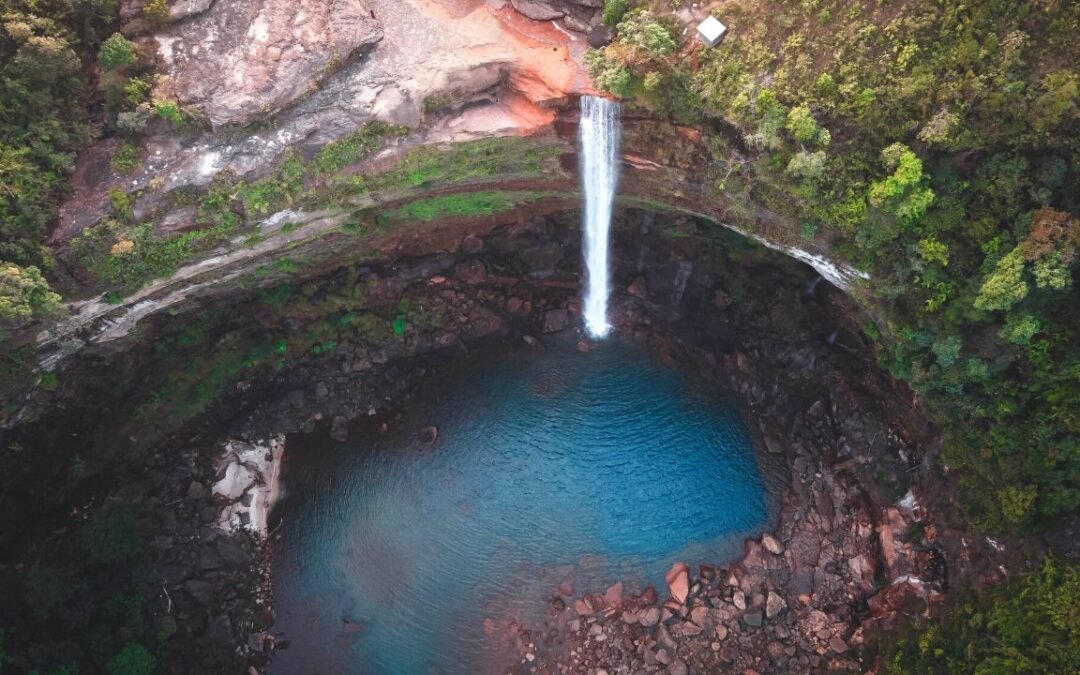
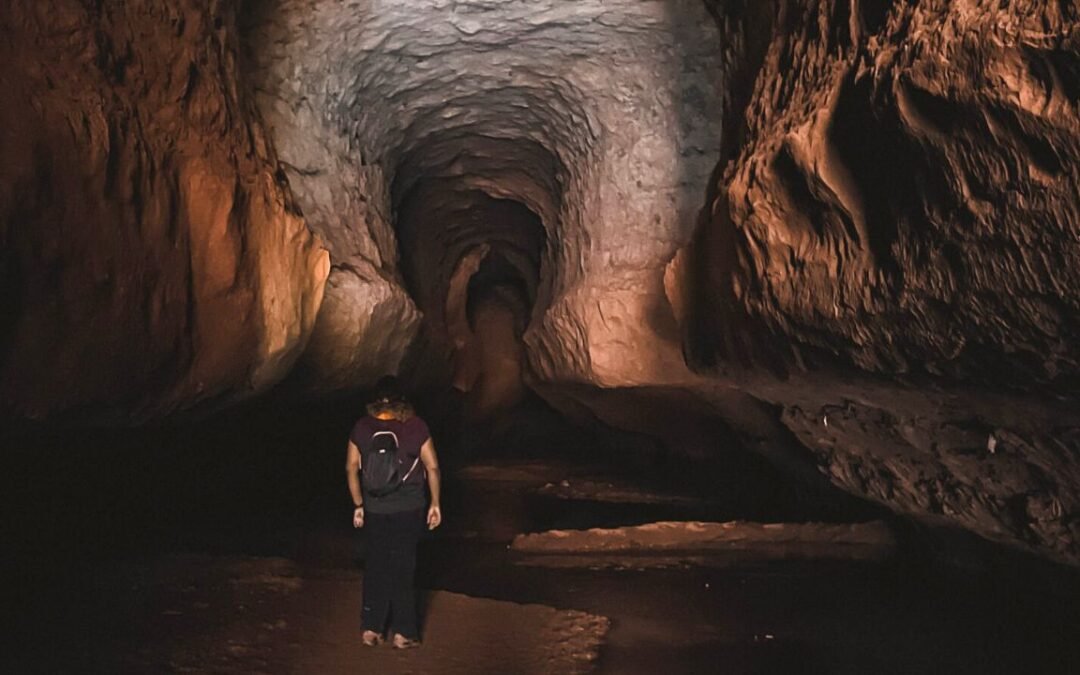
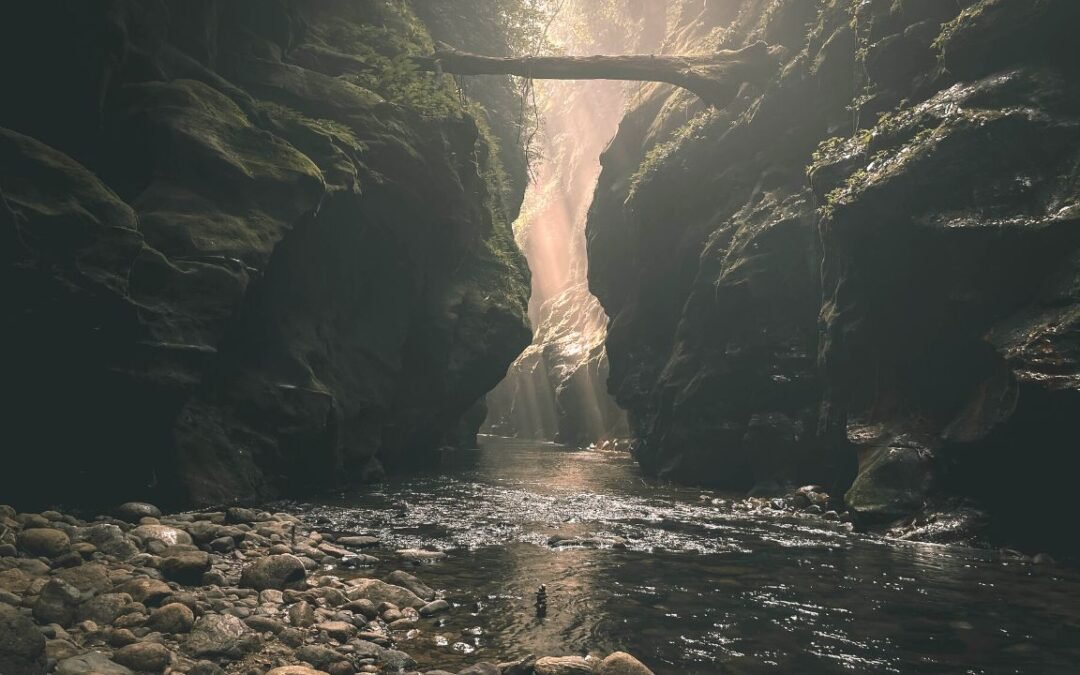
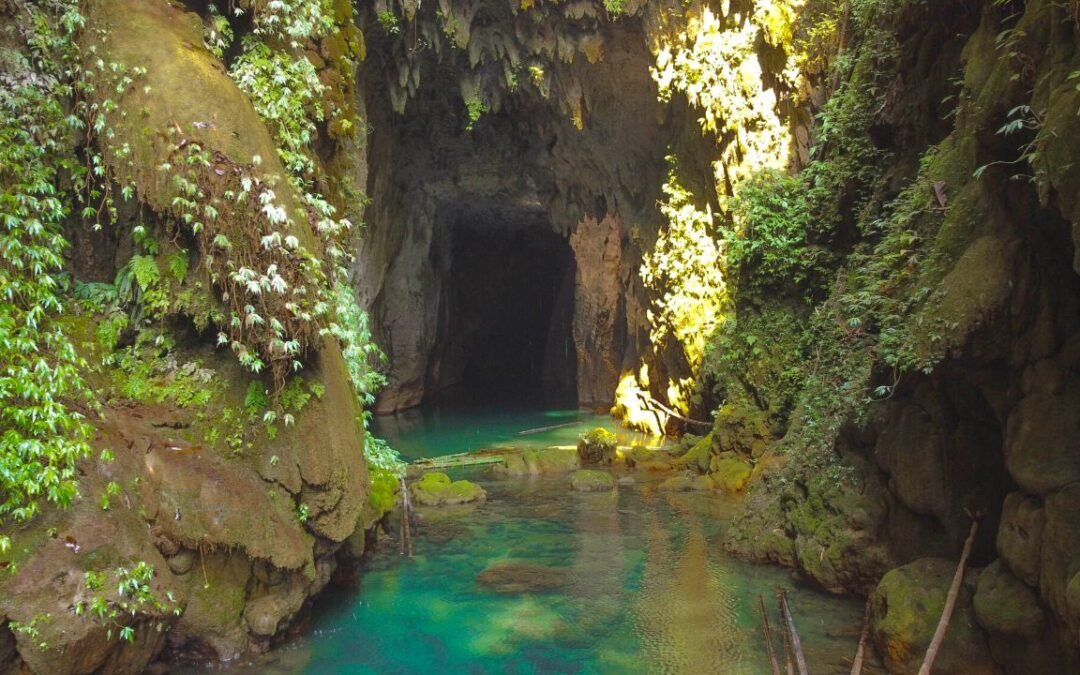
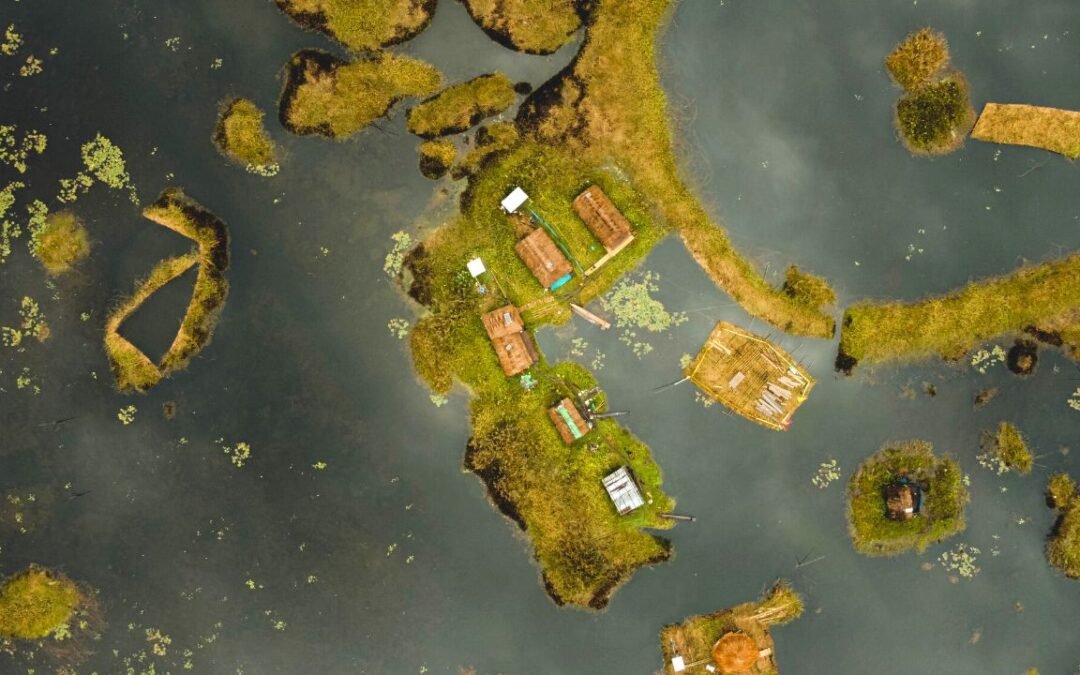
Hi Amrita, I am planning my itinerary and have a doubt regarding scheduling the Nongriat trek. In my schedule, the Nongriat trek is falling on a Saturday. If we were to trek to the doubledecker root bridge on a Saturday, stay over in Nongriat for the night, and return to Cherrapunji on Sunday morning, would we have access to the trail? This is considering the fact that viewpoints are closed on Sundays.
Hello Sindhu, Thanks for reading our blog. Not all viewpoints are closed on Sundays. You can easily do the Nongriat trek on Saturday and come up on Sunday. Just make sure you have a vehicle ready for return to Cherrapunji from Tyrna. Have a wonderful trip!